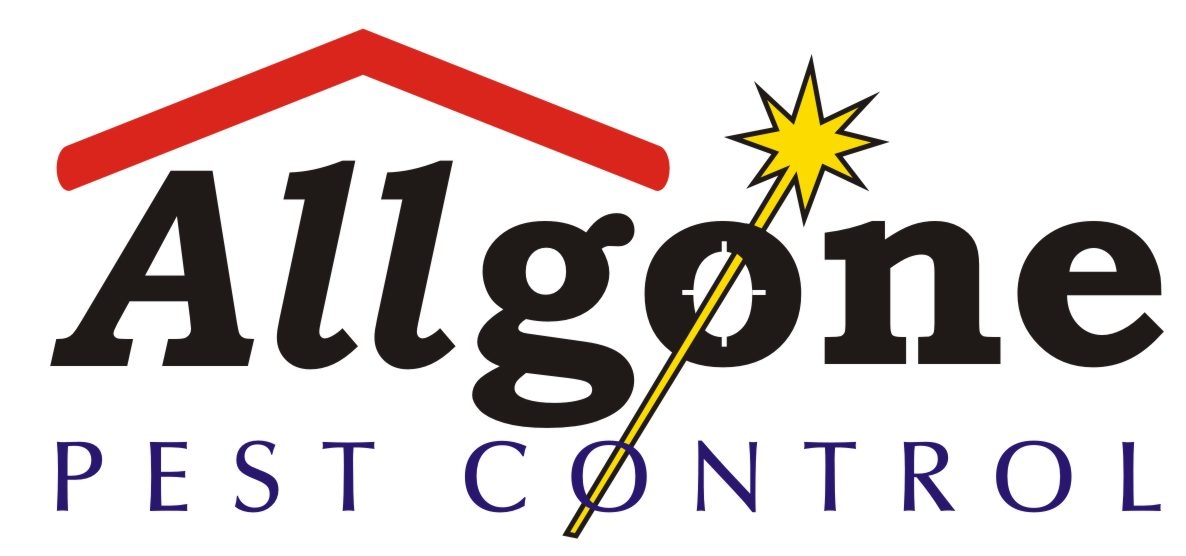Bed Bugs
Bed bugs were once a common public health pest worldwide, which declined in incidence through the mid 20th century. Recently however, bed bugs have undergone a dramatic resurgence and worldwide there are reports of increasing numbers of infestations. Australia has also been included in this trend. Bed bugs are one of the great travelers of the world and are readily transported via luggage, clothing, bedding and furniture. As such, they have a worldwide distribution.
The mouthparts of bed bugs are especially adapted for piercing skin and sucking blood. Like most blood sucking arthropods, they inject saliva during feeding, which has anticoagulant properties. Bed bugs respond to the warmth and carbon dioxide of a host and quickly locate a suitable feeding site. They tend not to live on humans and the only contact is for a blood meal. Most blood feeding occurs at night, and they generally seek shelter during the day and become inactive while digesting the blood meal. Bed bugs are, however, opportunistic and will bite in the day especially if starved for some time. They can survive for long periods without feeding. While their preferred host is human, they will feed on wide variety of other warm-blooded animals including rodents, rabbits, bats, and even birds. Bed bugs shelter in a variety of dark locations, mostly close to where people sleep. These include under mattresses, floorboards, paintings and carpets, behind skirting, in various cracks and crevices of walls, within bed frames and other furniture, and behind loose wallpaper. Bed bugs tend to stay in close contact with each other and heavy infestations are accompanied by a distinctive sweet sickly smell. Blood spotting on mattresses and nearby furnishings is often a tell tale sign of an infestation.
Skin reactions are commonly associated with bed bugs, which result from the saliva injected during feeding. Some individuals however, do not react to their bite, whereas others note a great deal of discomfort often with loss of sleep from the persistent bed bug bite. The most commonly affected areas of the body are the arms and shoulders.
If bed bugs are suspected then a licensed pest control company should be consulted. A careful pest inspection must be undertaken and all possible hiding places within infested and adjoining rooms examined. Once all likely sources have been identified, then an approved pest control insecticide, which has some residual activity, should be applied to all harbourages.
Customer Preparation prior to treatment.
Suggested reading taken from the third draft of the code of practice,for the management of bed bugs in Australia . Obtained from www.bedbug.org.au.
Section 6.2 7.1 13.1 13.2 14.2.2 14.2.3 16.1.2 16.1.5 16.1.7 16.2.1
Allgone Pest Control uses both chemical and non chemical approach to treating bed bugs.All chemicals used are approved in the code of practice. And heat treatment to the bed base and mattress via the use of steam. The application of steam is very effective and recommended in the code of practice.
Further information can also be seen on www.youtube.com
